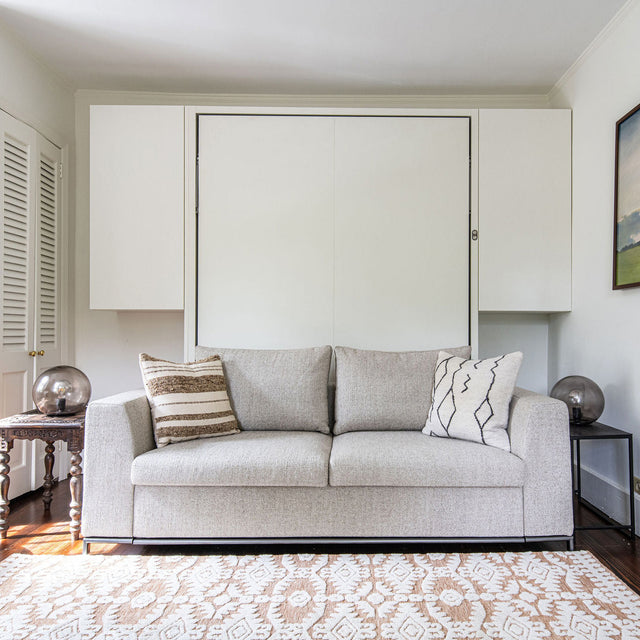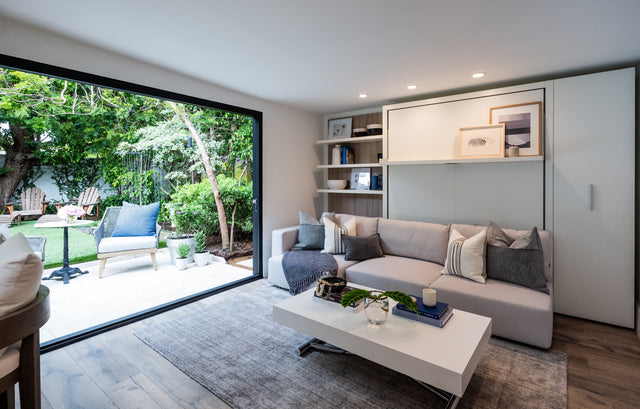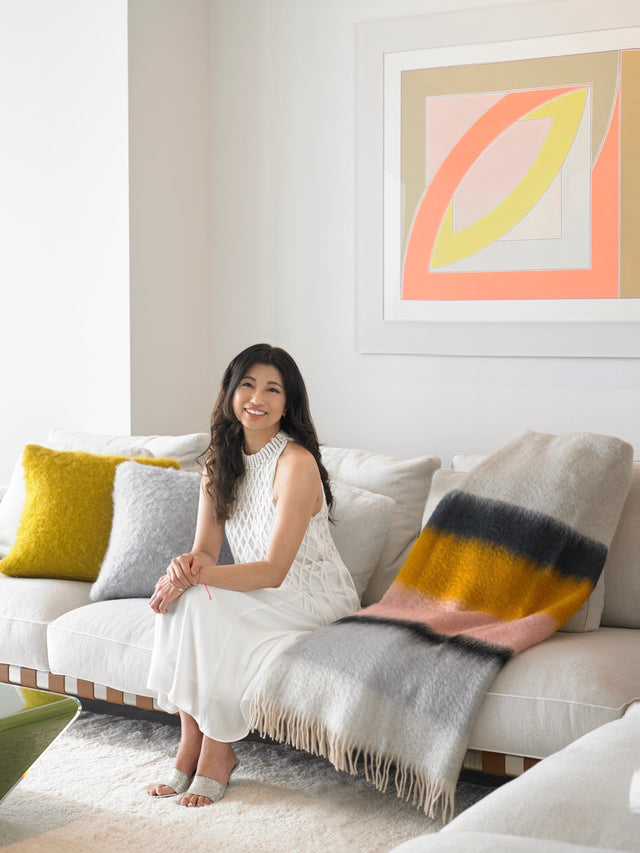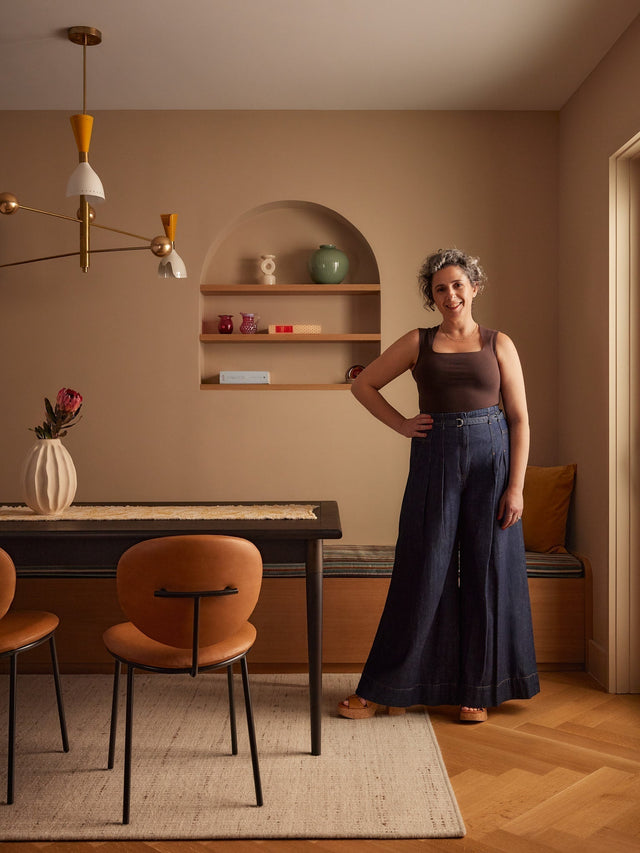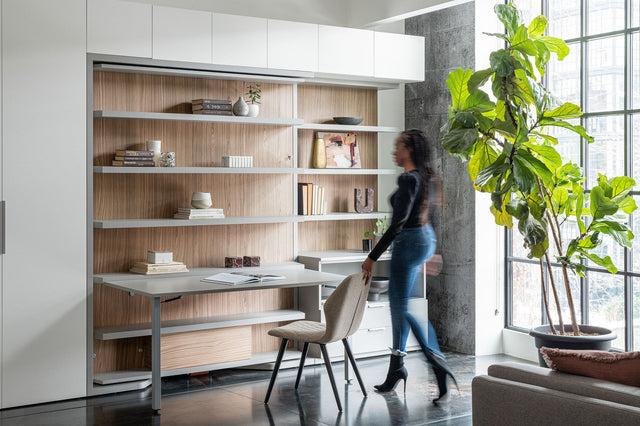Aging in Place That Actually Feels Like Home
The New York Times recently ran a useful piece: most people want to stay in their homes as they age, but very few houses are set up to make that easy — or to make it look good. The story calls out real, specific fixes: handrails with inset lighting, grab bars that read like art, lever hardware, offset hinges, even pneumatic elevators. Those things aren’t ornament — they’re practical. And when you do them with taste, the house still feels like home.
Below are straightforward, furniture-first ways to make aging in place work — without turning your living room into a clinic.
Let furniture do the lifting.
A Murphy bed with assisted or motorized lift does more than save space — it reduces awkward transfers and makes everyday routines easier. Take the Tonale Sofa wall bed: one-touch motorization converts the sofa into a fully made queen bed in under 15 seconds, with silent operation and obstacle-detection for safety. Or consider the Penelope Wall Bed, available in a motorized version with a premium mattress and a patented soft-open system for controlled, silent motion — the kind of engineering that quietly removes friction from a daily routine. These are examples of how a quiet motor and smart engineering can make a home more independent without feeling medical.
Swap tiny knobs for something easier.
Say it plainly: tiny round knobs make daily life harder. Swap them for levers or long pulls and everything from cooking to dressing becomes easier. Offset hinges — a roughly $40 upgrade — let doors swing fully open and lay flat against the wall so a walker or wheelchair can pass with no drama. Small hardware choices, big payoff.

AI rendering of a closet pull feature available in Resource Furniture wardrobe systems.
Lighting and rails that help, not embarrass.
Motion-activated night lights or a handrail with inset LEDs stop trips and look considered. The difference between a hallway that says “hospital” and one that says “someone cared” is often a couple of thoughtful lights and a well-placed rail. Those are the details that actually reduce falls and make late-night trips less scary.
Make support elements part of the room.
Grab bars don’t have to be ugly. A black grab bar inset with lighting or a bench made from the same tile as the shower reads as design, not medical equipment. A good grab bar can run around $200; it’s a small investment that changes how a bathroom feels.
Treat supports as design elements — they should help people feel better, not make a space shout “accessible.”
Think movement, not clutter.
Wider aisles, consistent floor transitions, and furniture that allows a clear turning radius do more than any one product. Choose slip-resistant surfaces, reduce abrupt level changes, and layer lighting (task light + gentle path lighting beats a single harsh overhead).
For multilevel homes, pre-framing a stairwell for a future pneumatic elevator keeps options open — the Times mentioned those at about $45k on average — but smaller moves often get you most of the benefit.
Quick buying checklist
-
Sit in it. If the sofa seat is too low, nothing else will fix that.
-
Try the mechanism: can someone with less strength operate it? Is a motor option offered?
-
Favor drawers and pull-outs over deep cupboards. They’re easier to use.
-
Choose tactile hardware and finishes that improve contrast for low vision.
-
Think future-first: wiring, frames, and rail locations you might add later.
If you want a deeper, practical read, check our guide: Tips for Successfully Aging in Place. It’s full of the hands-on fixes people actually use.
A well-placed light, a quiet motor, and furniture that moves with you — that’s how home should feel.
Our space planners specialize in exactly this balance: comfort, movement, and design that grows with you. Book a showroom visit or a virtual consultation and bring the list of small annoyances you live with (the things you’ve learned to tolerate). Those are the fixes that matter first.
Take a seat. Or a nap. Either way — do it comfortably.
Popular posts

Aging in Place That Actually Feels Like Home

Does Converting a Garage to a Living Space Add Value? What to Know Before You Start

Multifunctional Kids' Room by YZDA at Armani Casa Miami
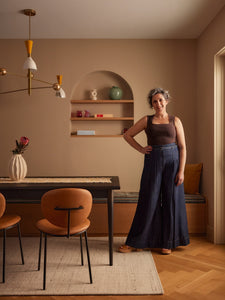
When Every Inch Counts: A Multifunctional Retreat in Cobble Hill
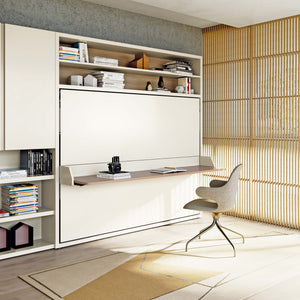
10 Bonus Room Ideas: What To Do With Your Extra Space




